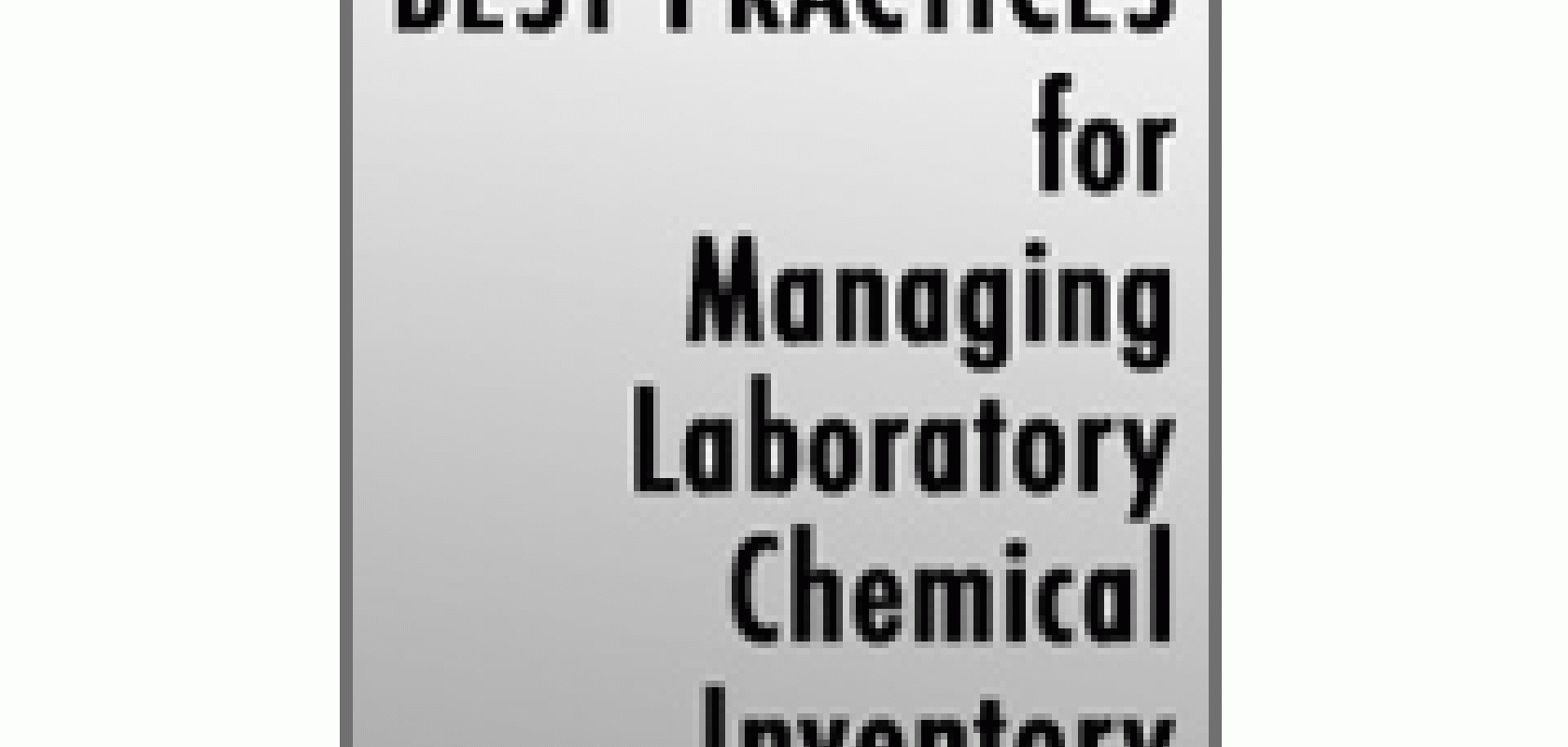Effective inventory management of any kind involves getting the right inventory in the right place at the right time in the right quantity. Chemical inventory management focuses specifically on the controlling the activities involved with chemicals used by the organization.
1. Perception that chemicals are only a small part of overall costs
The purchase and management of chemicals can have a significant impact on operating costs. Lack of information on chemical usage affects the ability to manage chemical costs efficiently, which can lead to underestimating the resources required. Discarding inventory because of poor inventory system management increases the amount of company expenditures unnecessarily.
2. Inventory information isn’t kept up-to-date
A common problem many labs stumble over is how to keep track of bulk chemicals, equipment, and solvents. Knowing who has taken an item, what condition the item is in upon return, and whether it needs to be reordered are just a few of the questions that need to be addressed to ensure accuracy.
3. Inventory logistics are convoluted and difficult to follow
Many custom-designed chemical inventory management solutions are too difficult to use, hence only a few people have the knowledge and patience to perform inventory logistics correctly. As a result, accuracy and timeliness of the chemical inventory data suffers. Valuable time may be lost when experiments must be stopped because the necessary chemicals are not on hand.
4. Users aren’t adequately trained on processes
Performing any process or using any system requires training, thus lack of training can be a barrier to use. Obviously, the simpler the processes and software involved, the better. A Best Practices chemical inventory management solution is straightforward and intuitive, enabling users to learn the steps easily, retain the details, and perform logistics to the requirements.
5. No process in place for timely notification of inventory status
If chemicals in existing inventory can’t be readily found, then more must be ordered. If the misplaced chemicals are found after expiration, then they must be discarded, resulting in wasted inventory. In addition, chemicals that are not retested in a timely manner before expiration must also be discarded. A Best Practices solution can eliminate these problems and associated costs.
6. Processes are reactive, not proactive
A best practices chemical inventory management solution acts proactively to supplement lab processes, not waiting for input. It addresses the above and other problem areas, allowing the organization to make the best use of all chemicals in all facilities. Features like bar code labeling and tracking, remote inventory control and automatic e-mail notifications, are all part of a Best Practices solution that enables the organization to maintain accurate chemical inventory information in real-time.
Find out how to circumvent these issues with Best Practices in Chemical Inventory Management, an in-depth white paper that details problems, solutions and Best Practices to assist you to define and deploy the optimal chemical inventory management system for your organization. For your free copy, visit http://www.chemsw.com/sw705bp.htm.


